Fictional worlds can be wonderful, but the world we actually live in is just as intriguing. Nonfiction books can help readers understand the stories that shape the people and events around us, and often include narratives as entertaining as any popular fantasy novel.
What are nonfiction books for teens?
Most teens who like to read tend to stick to novels—fictional stories with plots. But nonfiction books for teens offer fascinating, real-life information in an engaging writing style.
While many students are experiencing an elongated summer vacation, it can help to keep a foot (or at least a toe) in reality. This list of nonfiction books for teens and young adults will have you learning outside the classroom (among many other benefits!), with help from engaging authors writing on interesting subjects.
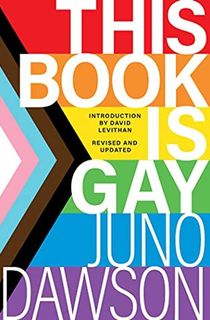
This Book is Gay
This often-banned book for teens should be required reading for everyone, wherever they identify on the gender and sexuality spectrum. Currently, sexual education and health classes tend to assume all students are straight and cisgendered, leaving many teens who don't fit those criteria left with quite a lot of questions. This book aims to answer those questions and reassure its readers that whomever they love and however they identify, they matter.

A Night to Remember
First published in 1955, this book remains the definitive resource of the evening the RMS Titanic sank to the bottom of the Atlantic. Lord interviewed 63 survivors of the event, in addition to drawing on multiple memoirs, books, and articles they had written. Lord also served as a consultant during the 1997 production of James Cameron's Titanic.
While the movie and many other depictions of the tragedy focus on the element of social and economic class, Lord successfully depicts the human reactions ranging from fear, bargaining, and acceptance that were present across all classes.

What If? Serious Scientific Answers to Absurd Hypothetical Questions
Ever wonder how much potential energy we could produce from people exercising in gyms? What would happen if everyone jumped at once? What if the moon left the Earth’s orbit? If you’ve ever asked your teacher a question and just got a concerned look in response, chances are the answer is in this book.
Randall Munroe worked as a contract programmer and roboticist for NASA before working on his webcomic xkcd full time in 2006. Having grown up on the likes of Calvin and Hobbes, both the webcomic and this book are open to discussing any topic or query, no matter how ridiculous. Just be prepared for some equally ridiculous answers.
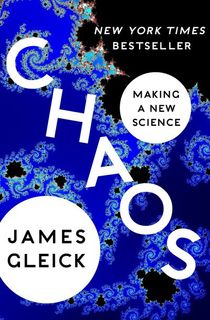
Chaos
A perfect nonfiction book for teens and adults alike, Gleick’s Chaos elegantly explains that there is no simple way to understand the world, and that's OK! While Ray Bradbury may have first mentioned the ripple effect a single butterfly may have on the rest of the world in his 1952 short story A Sound of Thunder, James Gleick deserves the credit for concisely and simply explaining the not-so-concise-and-simple world around us.
No matter our age, it’s good to be reminded of the utter chaos that is existence, and the beauty that can be found within such complex patterns.

A Briefer History of Time
Still have questions? Hypotheticals are fun and all, but there are plenty of nonfiction books for teens and young adults that can scratch the itch of curiosity. What about when that curiosity grows into something more? While Stephen Hawking may no longer be with us, one of the greatest minds of our time dedicated much of his life to not only understanding the basics of our universe, but to explaining them in simple terms.
A Briefer History of Time, as the name suggests, is nearly half the length of A Brief History of Time, published over two decades prior. Hawking conveys concepts that had baffled even the most intelligent thinkers of the past in ways that nonscientists can grasp.

Maus: A Survivor’s Tale
An amazing piece of creative nonfiction, Maus is a two-part graphic novel that acts as a memoir for both Spiegelman and his father, Vladek. Framed as an interview Spiegelman is conducting, Vladek recounts what life was like as a Polish Jew during the Holocaust, which functions as an opportunity for the author to understand what trauma might have carried over from his father to himself.
While the other popular comics of the late 1980s (Watchmen, The Dark Knight Returns) were focused on deconstructing superheroes, Spiegelman helped give the final push to convince the public that graphic novels aren’t just for kids. That being said, understanding one’s parents and their struggles is a process that can lead to a child of any age better understanding themselves.
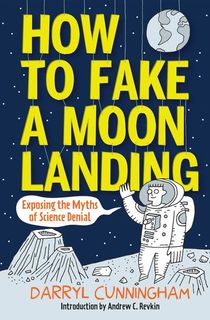
How to Fake a Moon Landing
Is hydro-fracking safe? Is climate change real? Did the moon landing actually happen? The great thing about the internet is that all the information you need to answer these questions is at your fingertips. The bad thing? People like to distort and mold that information, and an anti-scientific bias can be found anywhere.
Author-Illustrator Darryl Cunningham not only debunks seven cases of quack or fraudulent claims, but does so by allowing readers to draw their own fact-based conclusions. After all, what’s the point in telling you something isn’t true if you don’t know why?
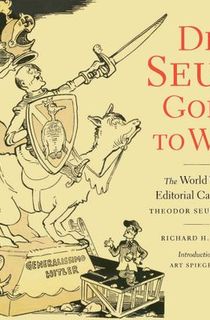
Dr. Seuss Goes to War
He may have been known for his illustrated children’s books with rhyme schemes that would both annoy and impress Shakespeare. But of all the places you’d expect Dr. Seuss to go, most are surprised that one of those places was political cartoons opposing fascism and anti-semitism during WWII.
Working as an editorial cartoonist from 1941 to 1943 at the left-wing New York newspaper PM magazine, Theodor Seuss Geisel (or Dr. Seuss) not only launched a rhetorical battle against dictatorial leadership in Europe with his biting comics, but also criticized the America First isolationist organization which argued against US involvement in the war.
Using the same rounded chins and wonderfully imaginative animals from his children’s books, Seuss was able to craft poignant depictions of Hitler and the political climate of the time. Insightful commentary from Richard H. Minear puts much-appreciated context to the images.
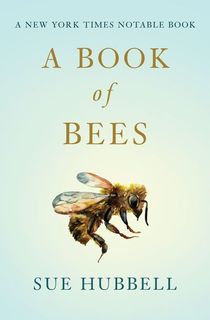
A Book of Bees
In this New York Times Notable Book, Sue Hubbell carefully details the ins and outs of beekeeping on a small Missouri farm. When one honey season ends, the next begins, and with three hundred hives to tend to, Hubbell stays as busy as her bees.
The book serves as a great beekeeping manual for sure, but it also displays a Thoreau-like appreciation for getting absorbed in nature, defining the important difference between isolation and solitude.
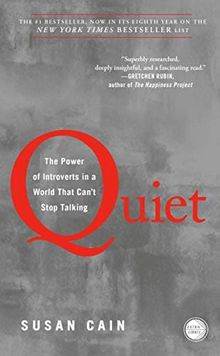
Quiet: The Power of Introverts in a World That Can’t Stop Talking
At least one-third of the people we know are introverts. Thanks to this book’s impact since 2012, the difference between the outgoing and reclusive is no longer a gap to be closed, but a contrast to be appreciated. Susan Cain dives into the complex topic headfirst, not only weighing the pros and cons of both social styles, but highlighting the successful introverts whose public engagement we’ve taken for granted.
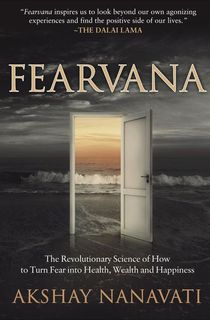
Fearvana
Fear is a seemingly endless force on our lives. Just when we overcome some personal fear, real-world events cause us to start the process of worrying anew. We often view fear as the greatest weakness one can have, and admire courageous people and characters who can overcome it with ease. But what if you could leverage your fear to drive you instead of hinder you?
Weaving together inspiring stories, practical insight, effective strategies, and in-depth research in neuroscience, psychology, and spirituality, Nanavati details how you can manage your fears and anxieties to help overcome whatever barrier is impeding you. Fearvana shatters conventional wisdom to help develop an unstoppable mind.
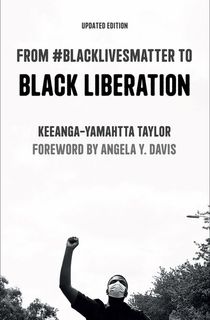
From #BlackLivesMatter to Black Liberation
If you’re in high school or college right now, life probably seems complicated enough before you have to factor in race and class. That being said, the younger generations are becoming the most active when discussing these topics, and are often seen leading marches and protests across the country in response to police violence towards black men and women.
As many of us already know, the issues are more complicated than a few bad cops. Keeanga-Yamahtta Taylor presents a comprehensive analysis of not just the #BLM movement, but of the interwoven systems that led to the current levels of unrest in America specifically.




